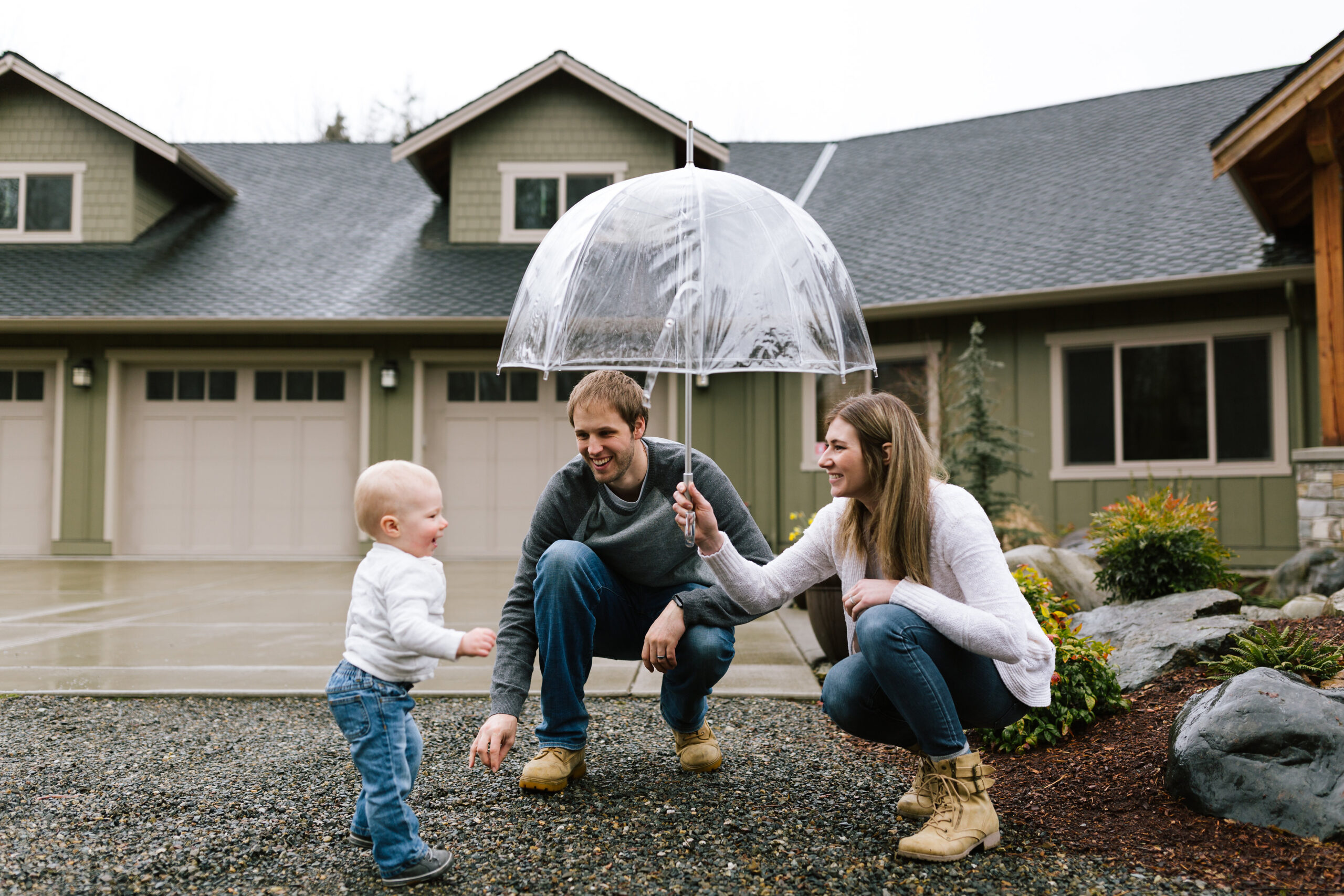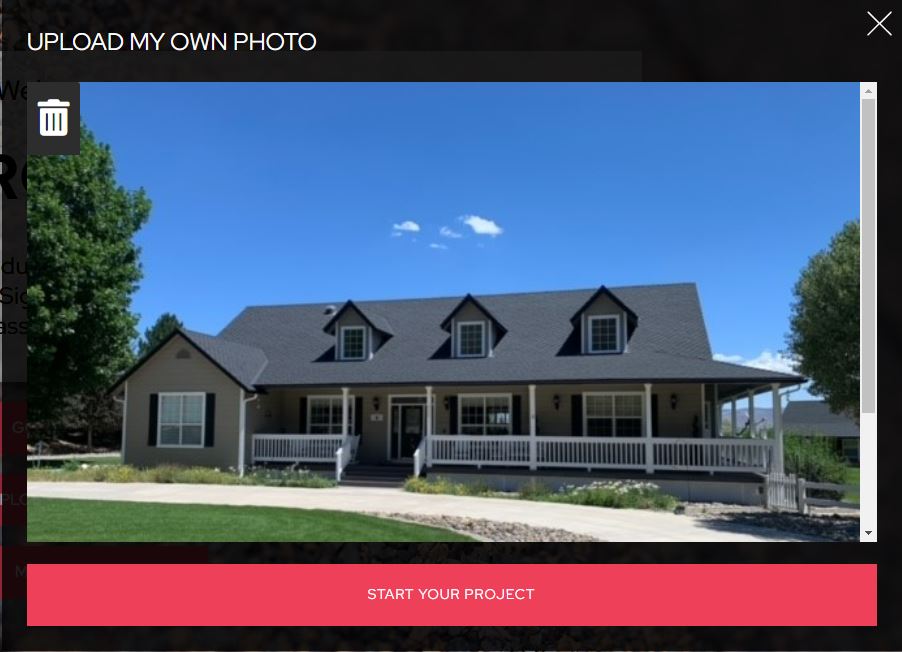5 Tips for Roof Care

5 Roof Care Tips To Extend The Life of Your Shingles
Whether you’ve just purchased a home and want to avoid the added expense associated with a new roof, or you’ve just replaced your roof and want to extend its life for as long as possible—preventative roof care should be a top priority for every homeowner.
According to the Roofers Guild, the average roof repair in the United States costs $985. Homeowners usually spend between $5,500 and $11,000 for a full roof replacement. With the cost of everyday goods on the rise, many homeowners don’t have the extra cash to spend on unforeseen roofing expenses—we get it.
That’s why we’re sharing our top five roof care tips with you!
But before we get to the tips, we want to share some insider insights on the issues that occur when homeowners don’t prioritize roof care—as if the cost wasn’t enough of a push.
Why should homeowners prioritize roof care?
Your regional climate impacts your roofing
On the west coast, we’re lucky enough to live with fairly moderate temperatures. However, if you’re in the Pacific Northwest, you’re exposed to heavy rain. If you’re in the South Western region, you can be exposed to extreme sun and heavy droughts. Your regional climate can have a large impact on your roof—and therefore, how you care for your room.

Pacific Northwest Region
For example, homeowners who live in the northwestern part of America are no stranger to moss and algae build up—it’s on our driveways, our cars, and of course, our roofs. This build up is different from the trendy “green roofs” you may find on commercial office buildings, as it might point to costly roof repairs in the near future.
Let’s talk about the moss:
Moss thrives in moist environments, so it’s no surprise that you’ll find moss on the shady parts of your roof—especially under overhanging tree branches. Moss can be detrimental to your asphalt shingles, causing shingle edges to lift up. This shingle curling can result in blow off during high-wind events and/or water build up due to improper drainage. Both of these incidents can cause moisture damage to your roof.
Let’s talk about the algae:
Although many may attribute discolored streaks on a roof to mold or mildew, it’s actually algae build up. This algae can be transferred by way of wind or animals that track the deposits throughout a neighborhood. Fortunately, this algae build up isn’t known for being as damaging as moss, and is usually just an eyesore. However, the effects of algae build up may differ depending on what type of shingles you have.
South Western Region
In the south, you’re known for a very different climate—sunny and prone to long stints with limited rainfall. It’s safe to say you don’t have to worry about excessive moss build up, but you will have to battle warmer temperatures and unrelenting sun. That’s why many homeowners in this region opt for heat absorbing or reflecting roofing options, like tile or solar reflective shingles. That leads us to our next point…
Your shingles determine your level of care
For example: If you’re using solar reflective shingles to reduce the impacts of the sun heating up your home, algae is not your friend. Despite being an aesthetic eye sore, algae can prevent the reflective properties of your roof from performing to its full potential, undermining your efforts to keep electric costs low.
No matter what type of shingles you use on your roof, it’s important to be aware of the warranty and ensure that you talk to your contractor about appropriate preventative measures for that type of roof so that you can keep your repair costs to a minimum.
Your roof contributes to your home’s value
Aside from costly repairs, your roof also plays a large role in your home’s value. In today’s housing-market boom, you may be inclined to list your house. The state of your roof can impact the closing price on your sale. Zillow found that houses with unsightly or damaged roofs may encounter fewer offers, a longer sale process, and even a reduced offer price.
PABCO’s top five roof care tips:
By following our five preventative roof care tips, you can ensure your roof is working for you—physically and fiscally.

- Clear the air
One of the best ways to prevent algae, mold, and moisture on your roof is by clearing low-hanging branches and ensuring your roof can dry out.
- Clear debris
Branches and nearby trees may also deposit leaves and bark onto your roof, especially during the fall season. If you see debris piling up on your roof, it’s imperative that you clear them to prevent moisture build up and eliminate a food source for moss.
- Maximize air flow
Clearing debris and overhanging limbs ensures that you get maximum airflow running down the slope of your roof. This is imperative for preventing moss build up.
- Prevent water pooling
When you clear the debris on your roof, you should also check for pooling water—especially on roof structures that don’t have a sufficient slope. If you’re noticing water build up, you should check your roof deck for depressions and also check your gutters to ensure proper drainage.
- Take on the algae
Even if you do all of this, you may still notice algae build up on your roof due to natural transfers. Before purchasing an algae fighting solution at your local hardware store, check your manufacturer’s recommendations since many commercial algaecides can harm your roof and void your warranty, even if they claim to be safe for roofs. You can make your own algae-fighting mixture using cleaning supplies you might have at home. An effective solution is a 50:50 bleach and water mixture sprayed onto the moss. Before cleaning, you should always consult your roofing manufacturer’s maintenance instructions and/or a contractor well-versed in your specific shingle type to ensure you don’t negatively impact the integrity of the roof.
If you find that your roof is too far into disrepair, and you feel it’s time for a replacement, consider investing in shingles with built-in algae defensives, such as our Algae Defender® technology.
Need help with roof cleaning and repair?
If you need a reliable expert to help you clean or repair your roof, head over to our website where we will match you with the best contractor for the job.


